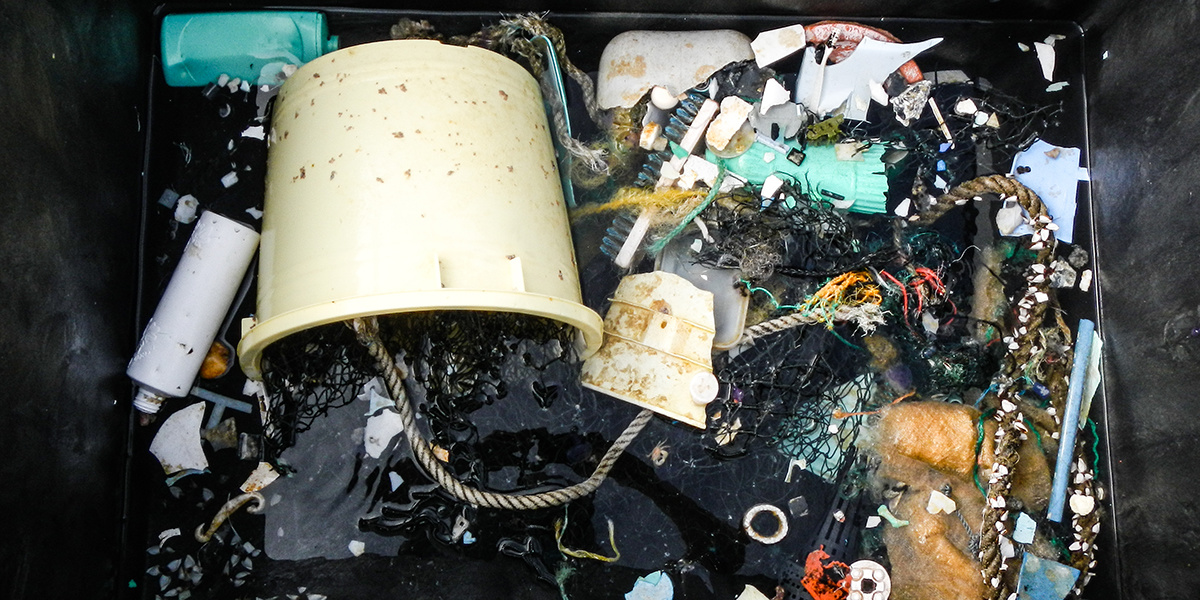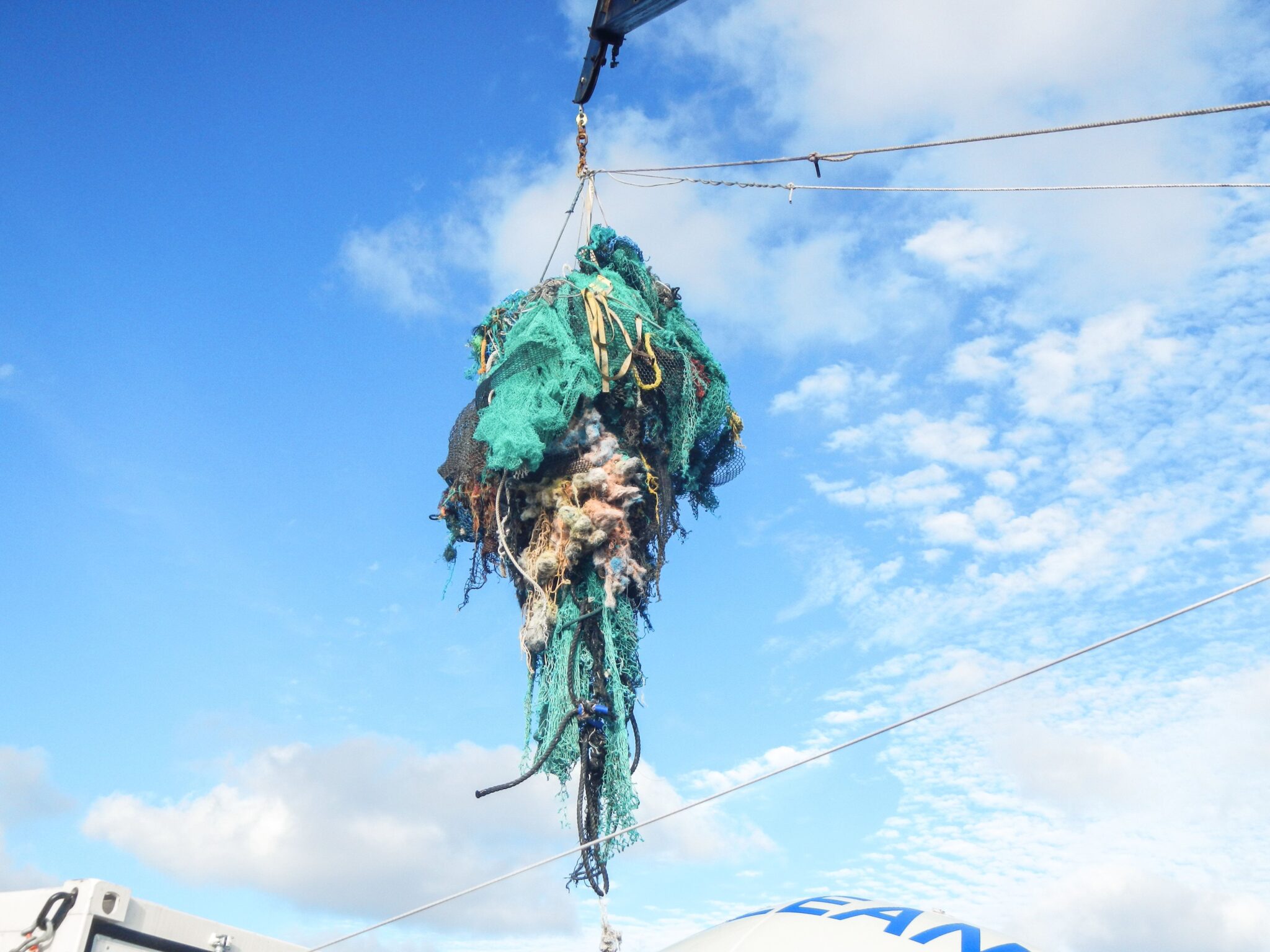

The
Great Pacific Garbage Patch (GPGP) floating off the coast of California now measures 1.6 million square kilometers (about 1 million square miles), according to a startling new study. To put that into perspective, the clump of trash is about the size of three Frances, or twice the size of Texas.
Not only that, the
analysis, published Thursday in the journal Scientific Reports, also revealed that the massive Pacific trash vortex contains up to 16 times more plastic than previous estimates—and could rapidly get worse.
The researchers estimated there are about 1.8 trillion pieces of plastic weighing 80,000 metric tons, the equivalent of 500 Jumbo Jets, are currently afloat in the area. That’s largest accumulation zone for
ocean plastics on Earth.
The Great Pacific Garbage Patch contains up to 16 times more plastic than previously estimated.The Ocean Cleanup
The study is the result of a three-year mapping effort conducted by an international team of scientists affiliated with Dutch non-profit
The Ocean Cleanup Foundation, six universities and an aerial sensor company.
According to a press release provided to EcoWatch, to analyze the full extent of the GPGP, the team conducted a comprehensive sampling effort by crossing the debris field with 30 vessels simultaneously, supplemented by two aircraft surveys. The fleet collected a total of 1.2 million plastic samples, while the aerial sensors scanned more than 300 square kilometers of ocean surface.
About 1.8 trillion pieces of plastic weighing 80,000 metric tons are currently afloat in the area. The Ocean Cleanup
The results showed that 92 percent of the mass was represented by larger objects—such as
discarded fishing nets several meters in size—and 8 percent consisted of microplastics smaller than 5 millimeters in size.
“We were surprised by the amount of large plastic objects we encountered,” said Dr. Julia Reisser, chief scientist of the expeditions in a statement. “We used to think most of the debris consists of small fragments, but this new analysis shines a new light on the scope of the debris.”
The team found that plastic pollution levels within the garbage patch have grown exponentially since measurements began in the 1970s.
Ocean Plastic Projected to Triple Within Seven Years https://t.co/vlK2Wm6myn @Oceana @PlasticPollutes @WWF @Greenpeace @storyofstuff @YEARSofLIVING #PlasticPollution
— EcoWatch (@EcoWatch) March 21, 2018
“This plastic accumulation rate inside the GPGP, which was greater than in the surrounding waters, indicates that the inflow of plastic into the patch continues to exceed the outflow,” said Laurent Lebreton, lead author of the study.
The Ocean Cleanup team is preparing to launch its highly anticipated
cleanup system in the Great Pacific Garbage Patch this summer with the goal of collecting 50 percent of the trash in five years.
“To be able to solve a problem, we believe it is essential to first understand it,” said
Boyan Slat, founder of The Ocean Cleanup and co-author of the study. “These results provide us with key data to develop and test our cleanup technology, but it also underlines the urgency of dealing with the plastic pollution problem. Since the results indicate that the amount of hazardous microplastics is set to increase more than tenfold if left to fragment, the time to start is now.”
Slat, who
shot to fame five years ago with claims that his invention could clean up the seas, explains the methodology and results of the new study in the video below:

 233k
233k  41k
41k  Subscribe
Subscribe 

